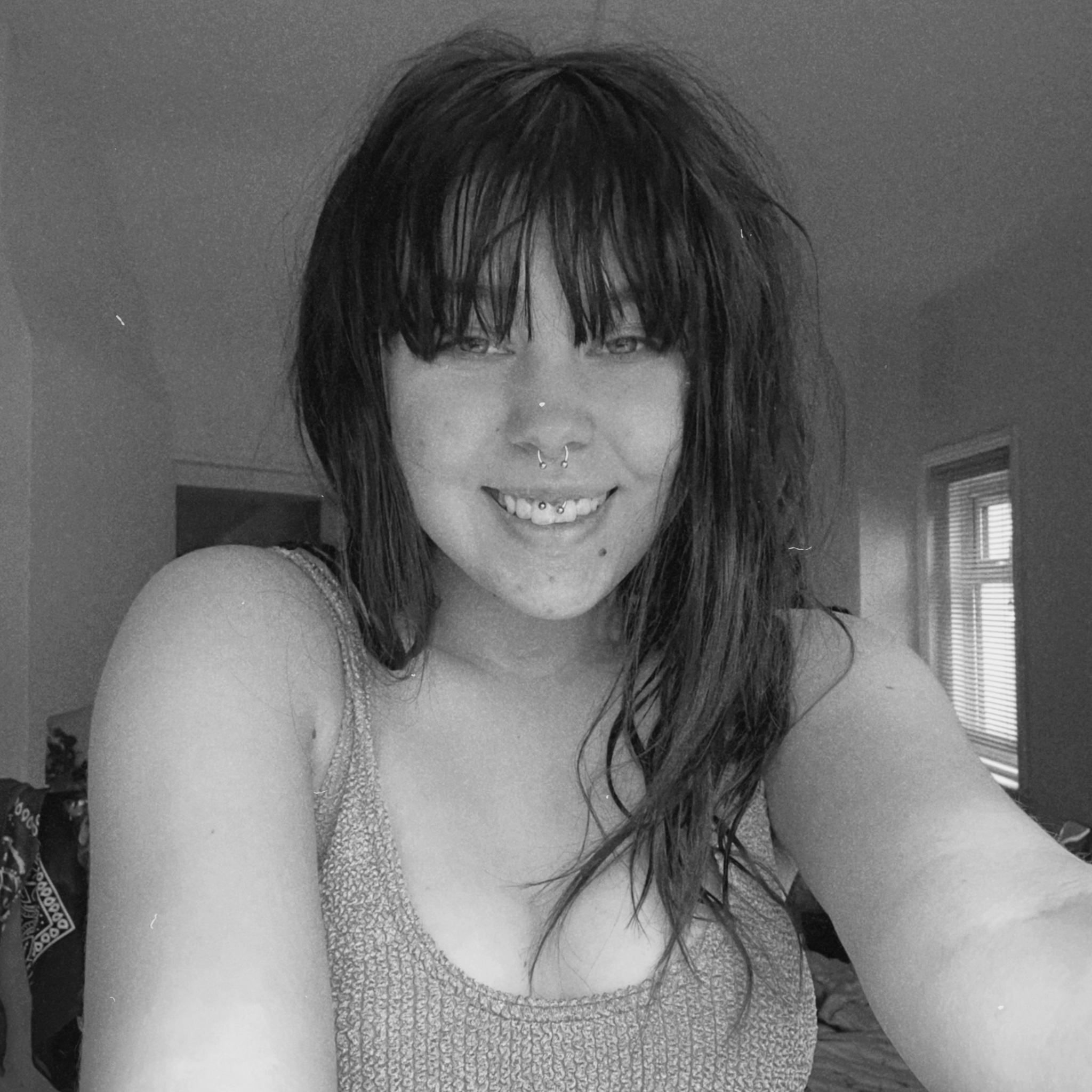Masking and Unmasking Autistic Traits
- Saskia Müller

- Mar 17, 2024
- 2 min read
Updated: Apr 2, 2024
Autistic masking, to me, was like losing myself in a labyrinth of expectations and societal pressures. It was camouflaging my true identity to fit into a world that often seemed alien. The pressure to mimic neurotypical behaviour was suffocating, driven by a desperate desire to belong.
In a society that stigmatises autism as a disorder to be hidden, it's no wonder many of us feel compelled to conceal our true selves. We lose ourselves in the pursuit of societal acceptance, conforming to standards that are inherently alien to our neurology. I discovered that my autistic traits often led to misunderstanding and rejection, while neurotypical behaviours were rewarded. Subconsciously, I learned to adopt a mask, a survival strategy born out of necessity rather than choice.
Autistic individuals mask to navigate a world that often feels hostile towards behaviours diverging from the norm. But how does masking manifest?
Altering Communication Styles: From a young age, I learned that my way of communicating was perceived as too much or not enough. Repeated instances of social rejection led me to meticulously mimic neurotypical behaviours, suppressing my natural communication style. Every interaction became a performance, with internalised scripts dictating my every move. Find resources for effective communication strategies here.
Concealing Stims: As a child, my stims were accepted as endearing quirks. However, as I grew older, societal perceptions changed. The stares, assumptions, and fear associated with visible stims prompted me to suppress and camouflage them. Stimming became a covert activity, something to be indulged in only when alone. Discover ways to embrace and regulate stims here.
Avoiding Visibility: Another aspect of masking involved avoiding tasks or behaviours that might reveal my autistic traits to others. Whether it was avoiding eating in public to conceal coordination difficulties or refraining from certain actions to mask sensory issues, the fear of judgment dictated my actions. Explore strategies for navigating social situations here.
Masking eroded my sense of identity, leaving me feeling hollow and disconnected. Authentic self-expression, the very essence of being alive, was sacrificed at the altar of societal conformity. The promise of happiness that masking held never materialised; instead, it drained me of vital energy and undermined my self-worth.
However, the responsibility for creating a world where authenticity thrives does not rest solely on autistic individuals. It is a collective endeavour, requiring societal awareness, empathy, and inclusivity. Ideally, we would live in a world where autistic individuals could exist freely, without the need for masks.
Unveiling my autistic traits, when safe and comfortable to do so, is an act of rebellion and self-love. It inspires others to embrace their true selves and fosters a culture of acceptance and understanding. Let us strive to create a world where authenticity is celebrated, and masks are no longer necessary.







loving the cover photo for this one 😂
I will show my husband this one too Saskia. Just like last week. We both enjoyed that one
I needed this as a newly diagnosed autistic woman. Thank you